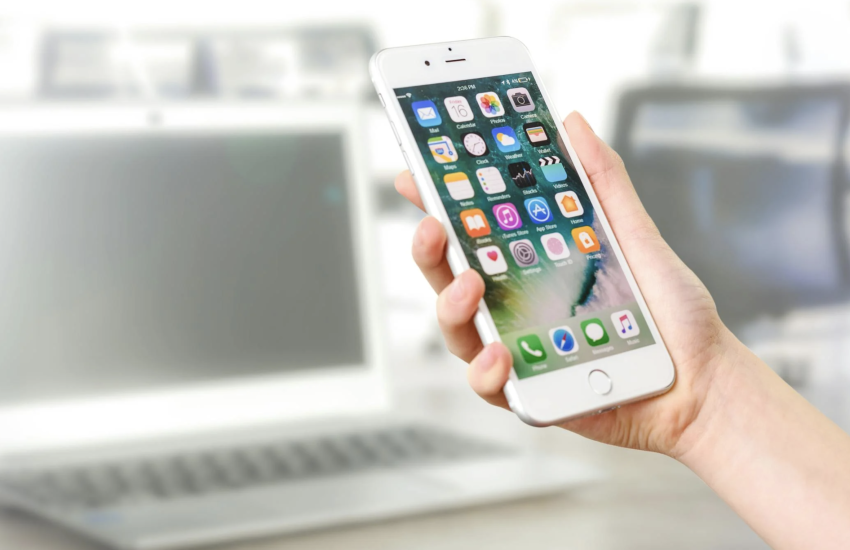How To Improve Your Wi-Fi Connection When Travelling
Public Wi-Fi isn’t a new thing, even for travelers. In fact, if you read any travel article on staying connected online, you will see a section dedicated to public Wi-Fi, where to find it, and the possible security risks they might have, so finding public Wi-Fi isn’t actually much of a problem. But have you ever tried using it? If you have you might be familiar with this: an extra-long page loading time and the page frequently hangs. This is because a. You’re not the only user present, or b. you are not at the best place to get a good signal.
Anywhere you find public Wi-Fi, you will have to compete with the possible hundreds of other people using it as well, and usually the existing network isn’t fit to cope with that many users. This leaves you a little frustrated from the simple task of checking your emails. You can also forget about streaming videos, or making VoIP calls. To enjoy a better connection you will need to do things a little differently.
The first thing you can do is find the best spot. There are a lot of sites and apps that list possible Wi-Fi hotspots in your immediate area. Sites like JiWire.com will let you find spots with the best signal so you can enjoy a better quality connection. If you are in a Wi-Fi hotspot, it is best to position yourself as close to the router as you possibly can. You can use your laptop or phone so sniff out the location of the source, or you can download an app to help you find it. In most hotels the routers will be in the hallway so the best place to position yourself is near your door. Sometimes however the free Wi-Fi is limited only to the hotel’s lobby, you be prepared to set up there.
If relocating isn’t possible you could try to improve your laptop’s signal range. This is done by either installing an external Wi-Fi antenna card or a USB wireless network adapter with external antenna. The antennae improve the signal range and strength and can be directionally adjusted for better reception. The antennae will require you to disable other network adapters and the External Antenna will need an SMA jack rather than a USB port. Other devices would include portable wireless routers such as the Apple AirPort Express Base Station, the Cradlepoint CTR35 Wireless N Portable Router, the Asus WL-330N3G Wireless Router, or the ZuniConnect Travel IV. These are by no means the only ones available as most wireless router companies offer a travel version of their product. This is handy for when you are in no mood to go sniffing for free Wi-Fi, or are travelling with others who need to use the internet as well.
Wi-Fi at Airports
Finding a good connection at airports comes with a new set of techniques you can use. The first one is to find a better spot, in this case, and empty gate or pre departure area. In most airports, the routers will be installed in or near a gate or pre departure area. If you are in one that is full, you will have to share the bandwidth with the other hundreds of users which will slow down your signal speed, regardless if it is at full strength. Simply move to a nearby empty gate and enjoy the connection without competition.
The best solution to stay connected is to do away with Wi-Fi altogether and find yourself a jack like the one your PC is plugged into at home. The signal you will get by being plugged in is a lot faster than the Wi-Fi network, and since you are the only one using the particular jack, you won’t have to share the signal with other users.


















